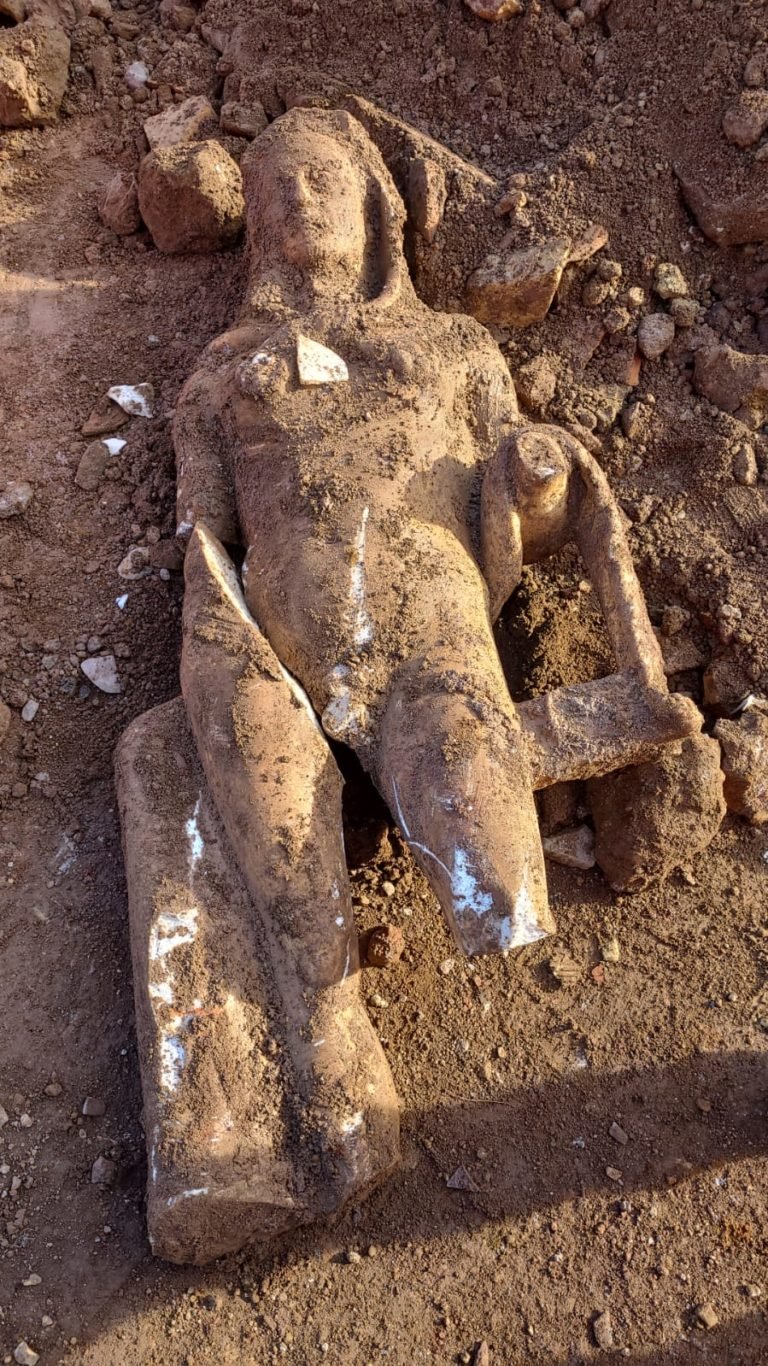A life-size statue of a Roman emperor in the form of Hercules, the hero of Greek mythology, was discovered during sewer work near the Appian Way ( Appia Antica ), the first major public road in ancient Rome.
The discovery was made when a bulldozer was digging through old pipes that needed to be replaced. The archaeologist supervising the work immediately intervened.
"This face came to light and was immediately recognised as a figure dressed as Hercules," Francesca Romana Paolillo, an archaeologist at Appia Antica Park, told Reuters.
The marble sculpture, which depicts a Hercules-like figure wearing a lion skin and carrying the hero's signature club, was discovered Jan. 25 in Scott Park, part of the Appia Antica green space.
It shows forehead wrinkles that are characteristic of depictions of emperors from the 3rd century, a time of deep crisis for the Roman Empire.
The sculpture bears a "clear resemblance" to Emperor Decius, who ruled Rome from 249 to 251 AD, Paolillo said, adding that discoveries of depictions of Roman leaders with the features of Hercules are "quite rare".
The statue, which consists of several broken pieces and was damaged during its accidental discovery, is currently being cleaned and restored.
Reuters saw the statue when it was stored in an ancient Roman water tank, which has now been converted into a warehouse. It is expected that the statue will be displayed in a public space after its restoration.
Decius was the first Roman emperor to fall in battle against the Goths in what is now Bulgaria, and he was the originator of the first organized persecution of Christians.
When it comes to Rome's ancient history, accidental discoveries of archaeological treasures while digging up streets or parks are not uncommon.
In January, archaeologists said they had given up searching for the remains of the opening of the Via Appia because groundwater made it impossible to dig deep enough.










